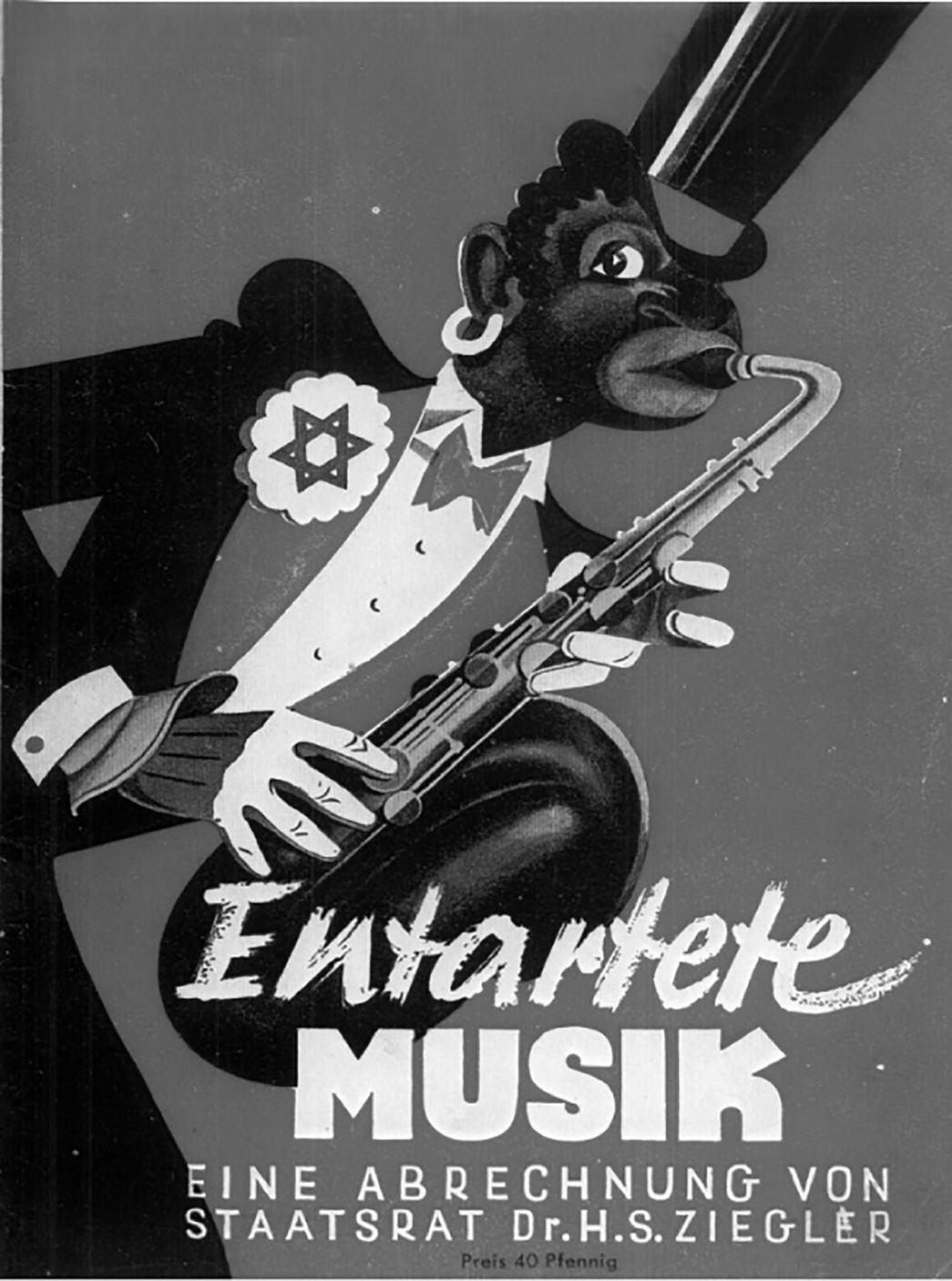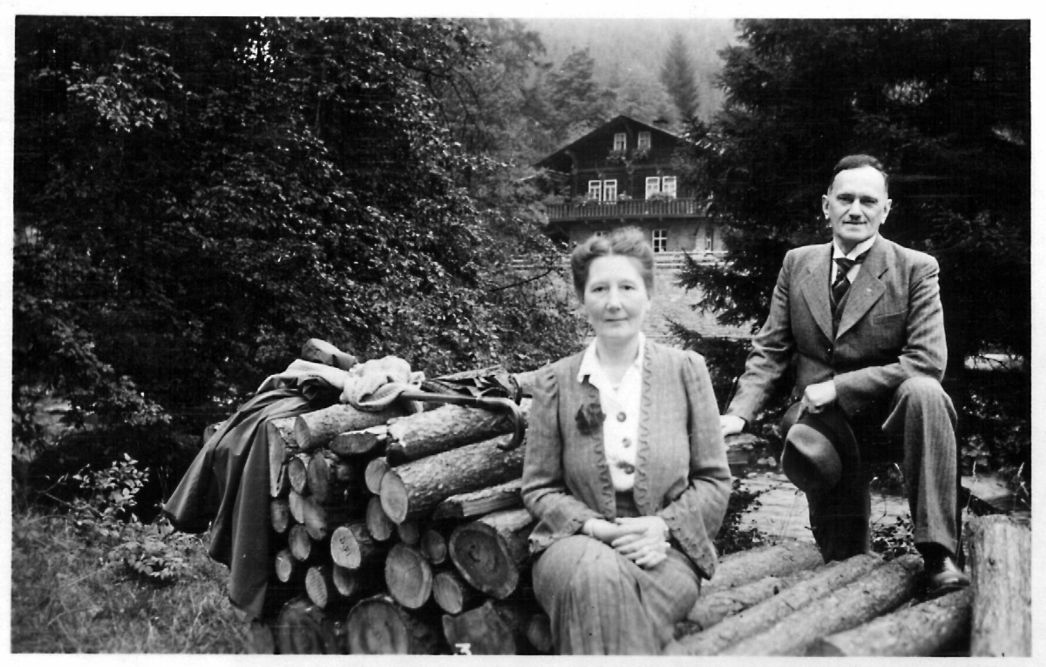
Founded in 1869 as the Grand Ducal Museum, the building became a forum for contemporary art during the Weimar Republic under the name Thuringian State Museum. In 1930, the National Socialist Minister of the Interior and National Education of Thuringia, Wilhelm Frick, enacted the decree "Against Negro Culture, for German Folklore", which was directed against modern art and music. Unfavourable works were also removed from the Weimar Palace Museum. In spring 1939, 50,000 visitors saw the travelling exhibition "Degenerate Art" in the State Museum, which showed around 700 confiscated works of art, including those by Lyonel Feininger, Wassily Kandinsky, Paul Klee and George Grosz. In Weimar, the exhibition was supplemented by the "Degenerate Music" section designed by Hans Severus Ziegler. Music by composers such as Kurt Weill, Arnold Schönberg, Paul Hindemith and Igor Stravinsky was considered "degenerate".
Reich Governor's Office
From July 1933, the museum became the seat of the Reich Governor's Office under Fritz Sauckel for four years, which rented two floors of the right-hand side of the building. Exhibition operations were restricted. From 1936, construction of the Gauforum began on the neighbouring square, with which the museum was connected by an arcade. It was badly damaged in bombing raids at the beginning of 1945 and only reopened in 1999 as the Neues Museum Weimar.

Pfarrer Wessel
Alexander Wessel, pastor of the Luther parish, was known to the people of Weimar for his "Christmas tree for all", which he had erected every year on the steps of the country museum. The tradition came to an end in 1936, as the Reich Governor had the cross on the top of the tree banned. In May 1937, the neighbouring community centre had to make way for the construction of the Gauforum; the remains of the wall can still be seen in Brennerstraße. Wessel, a member of the Stahlhelm and the National Socialist-orientated German Christians until 1935, took an increasingly critical view of the new rulers. When he wrote a letter to the members of his congregation in July 1941 against the war and the loss of importance of the church, he was arrested by the Gestapo in Weimar and sent to Buchenwald concentration camp. Thanks to good contacts in the army high command, he was released after 23 days, but was no longer allowed to work as a pastor until the end of the war. He died in Bethel in 1954.
